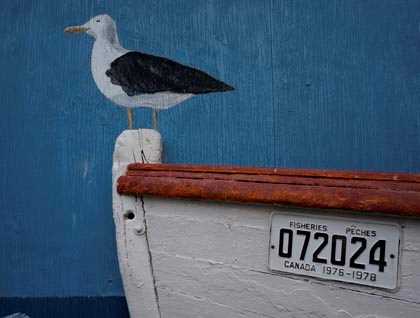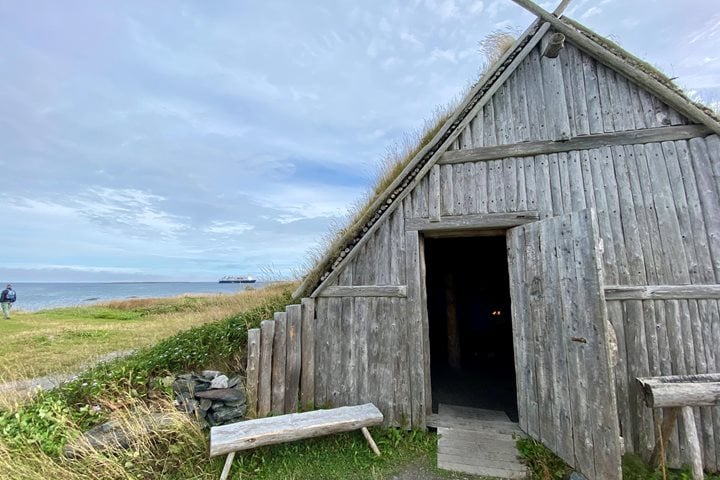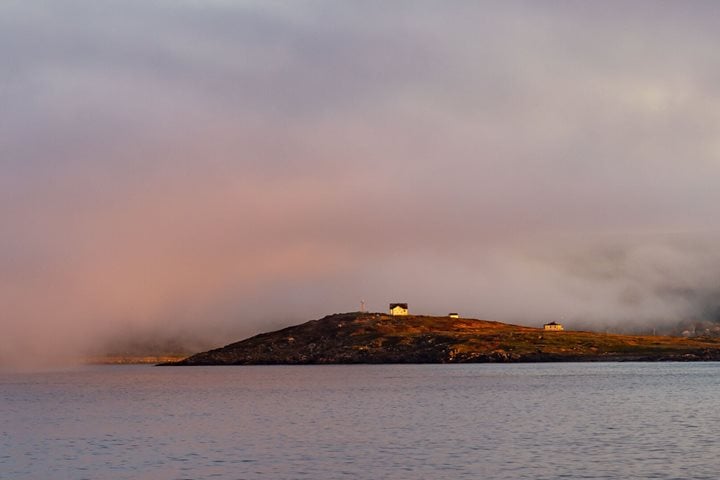With calm seas and an overcast sky, our first morning in the Canadian Maritimes was spent sailing north along the coastline towards out first Labrador destination, Twillingate, a small island in the North Atlantic, one of the most picturesque outposts in all of Newfoundland and Labrador. Located on the edge of what is known as Iceberg Alley, Twillingate is affectionately known as the “Iceberg Capital of the World” and one of the oldest fishing ports on the island. They say that, over the years, many 10,000-year-old iceberg giants float by quietly each year and people travel great distances just to chance a glance. We saw none this afternoon as we prepared for our first landing and day of exploration. Instead, we spotted a white-tailed sea eagle flying right over our Zodiac as we came on shore. We were greeted by warm and friendly local guides and four yellow school buses that took our guests on a hopping tour of all the highlights Twillingate has to offer.
Still a fishing community with a population of around 2,500 people, Twillingate is today linked to the mainland of Newfoundland by a causeway. The community prides itself on having two museums, several old churches, an old lighthouse, and numerous examples of folk architecture. Sometimes if you are lucky you can see icebergs drifting past to warmer waters.
The first inhabitants of Twillingate were not fishermen but the Archaic Maritime Indians, a pre-Beothuk people who lived nearly 3,500 years ago. From 1650-1690, the French fishing fleet used the waters around the island and called them “Toulinguet” because the area reminded them of the fishing waters they came from off the coast of France, near Brest. The name became anglicised to Twillingate around 1700.
The most engaging stop we made by bus was to the Twillingate Fishery and Heritage Center, called Prime Berth. It was created by fisherman David Boyd, who demonstrated how cod fish were gutted and cured with salt for preservation before ice and large processing plants were introduced. He has spent much of the last 20 years finding old wooden fishing shacks and memorabilia, towing them with his fishing boat to his living museum which he runs with his wife.
Before heading back to the ship for our National Geographic 125th anniversary cocktail party, we stopped by a charming local winery called Auk Island, and sampled wines made from blueberry and cloudberries. A special treat indeed.







